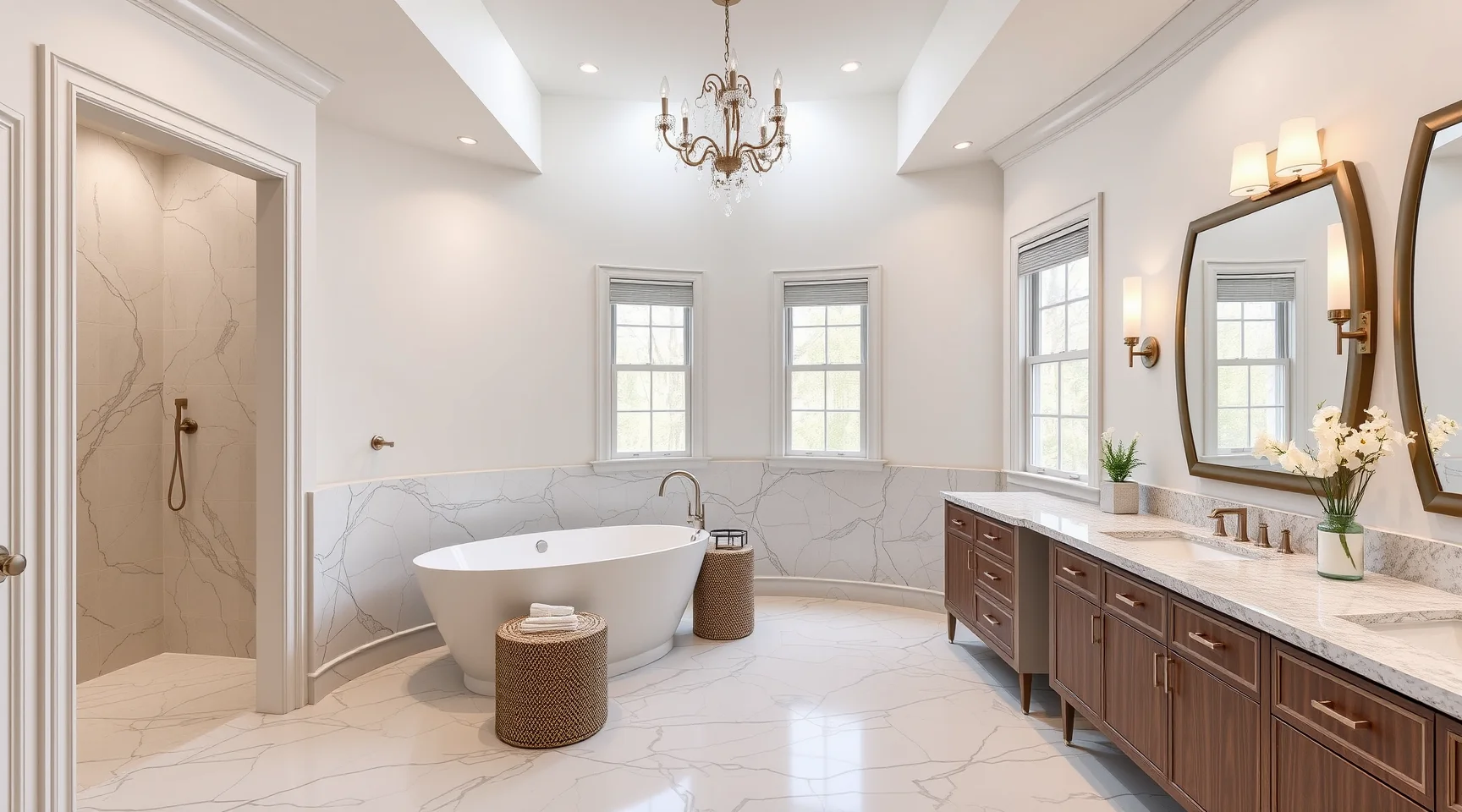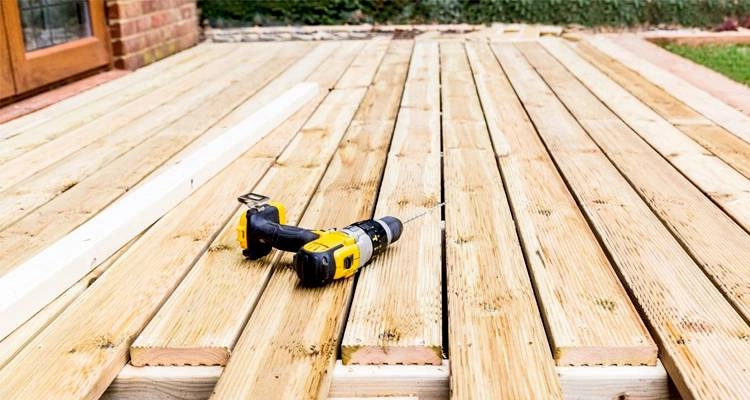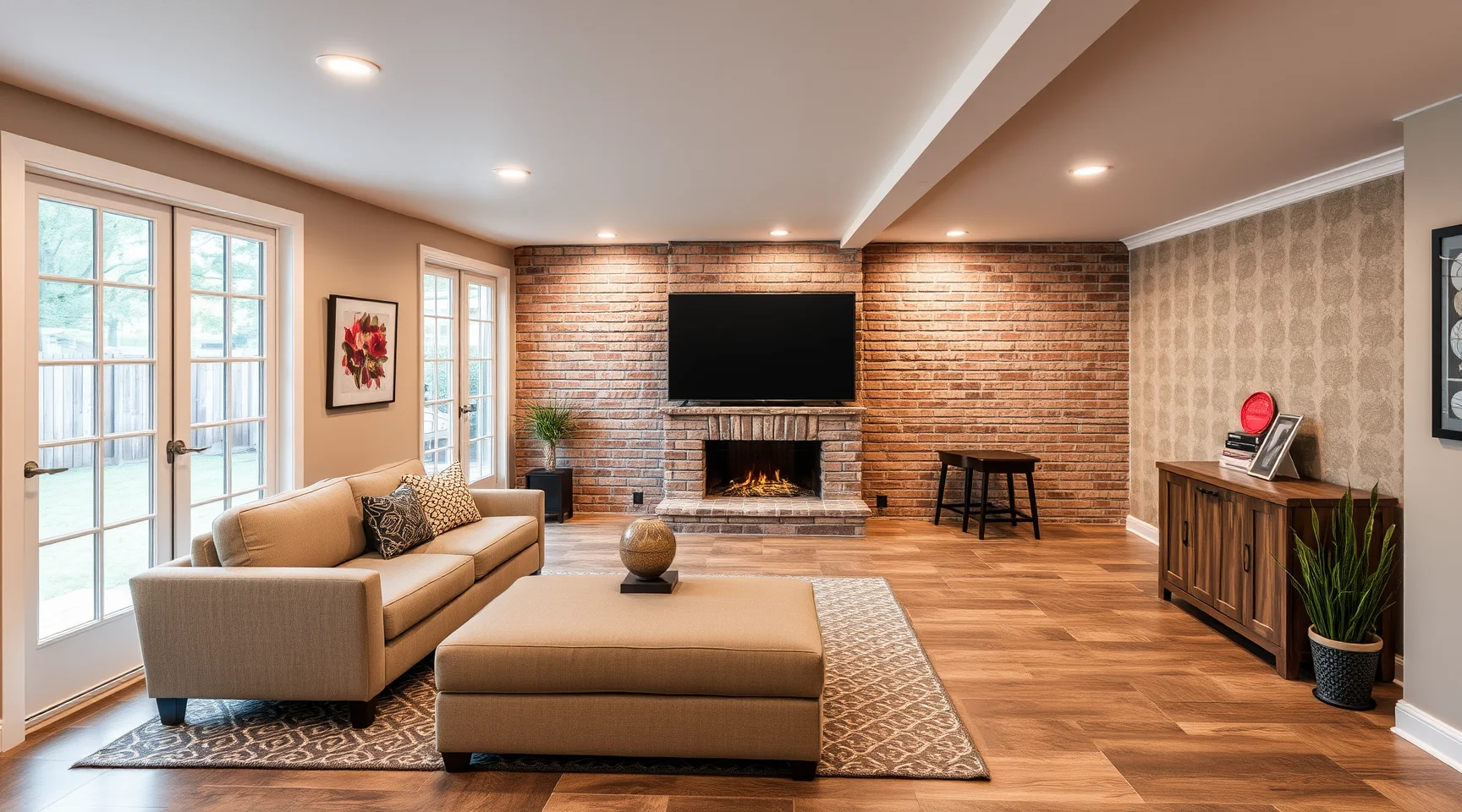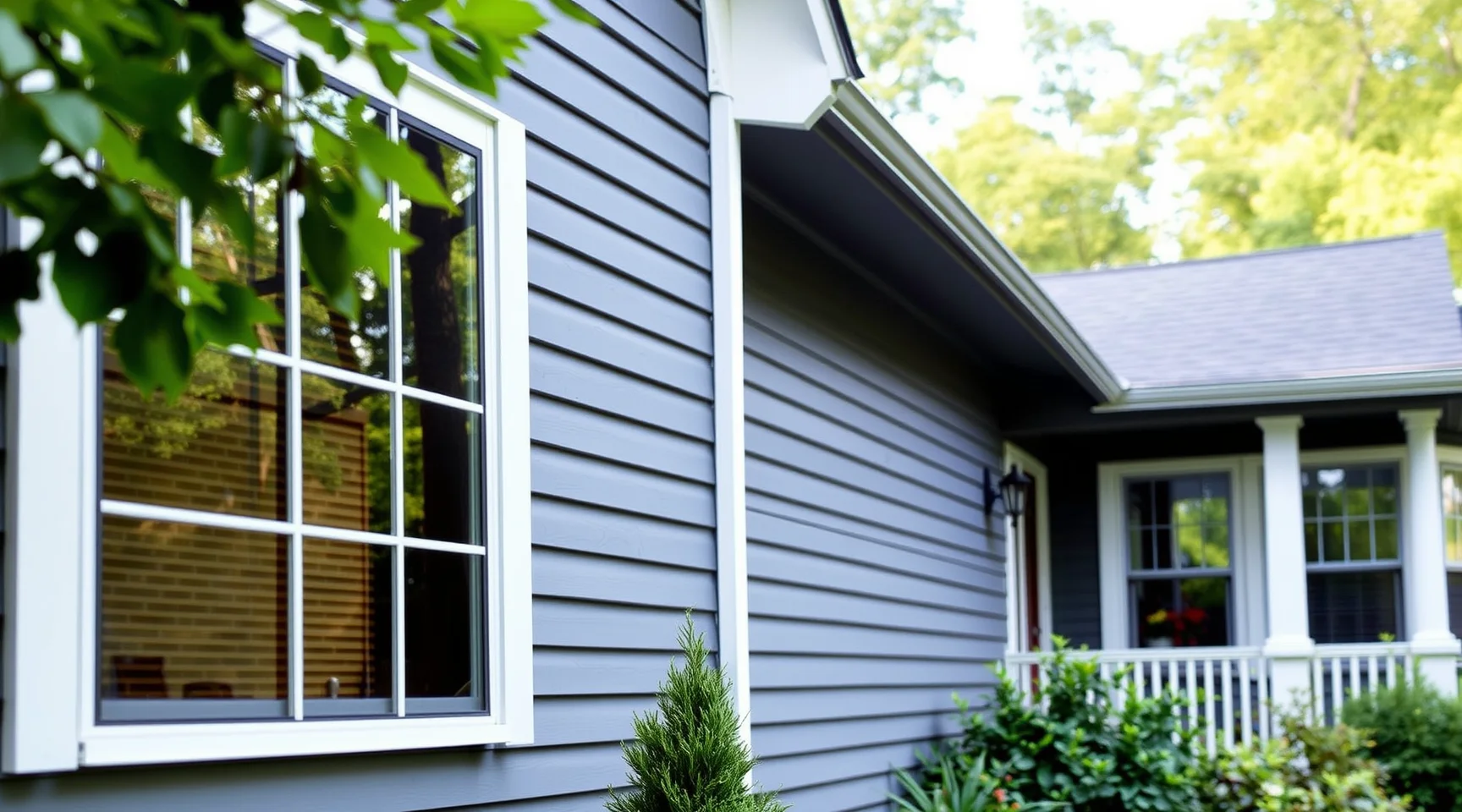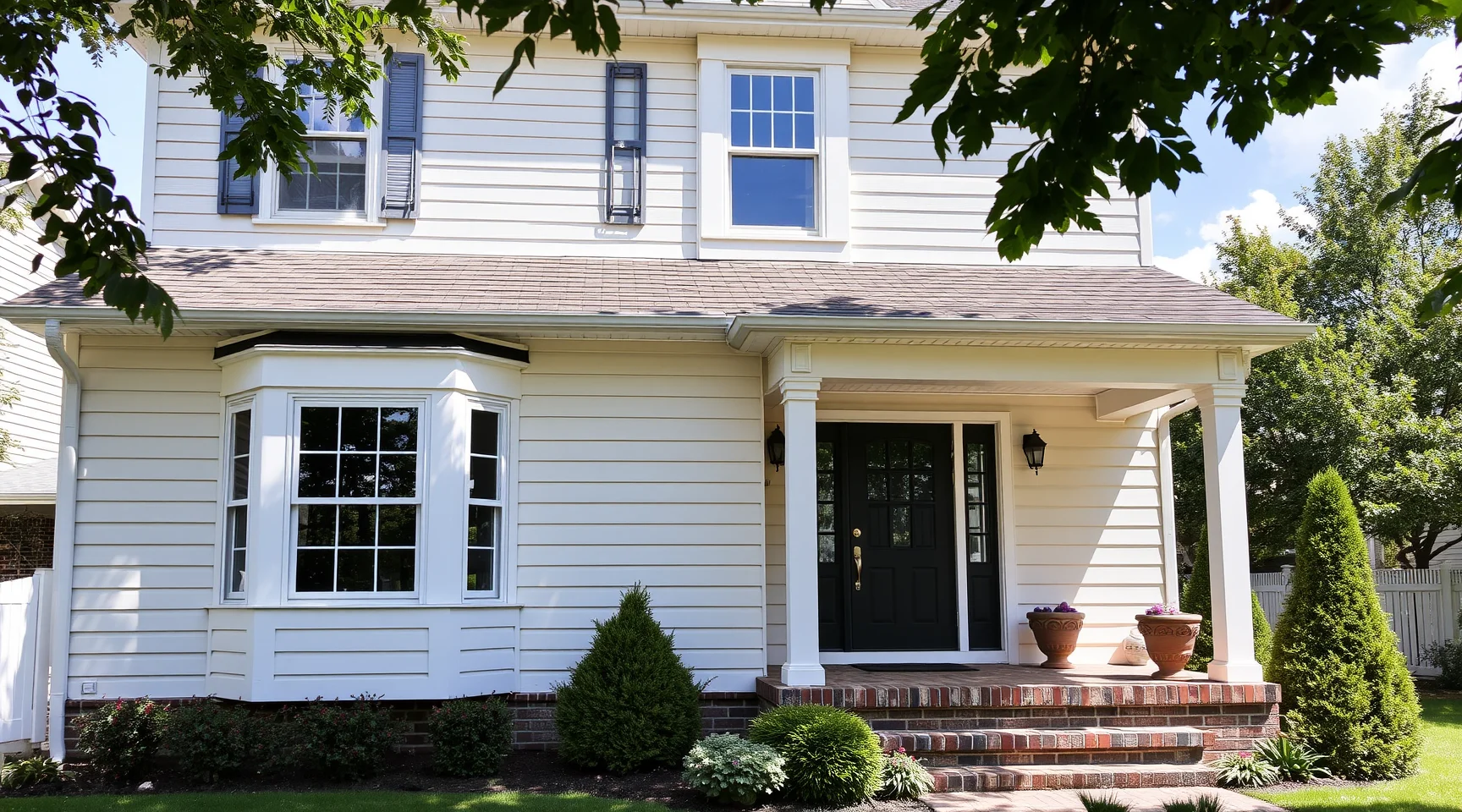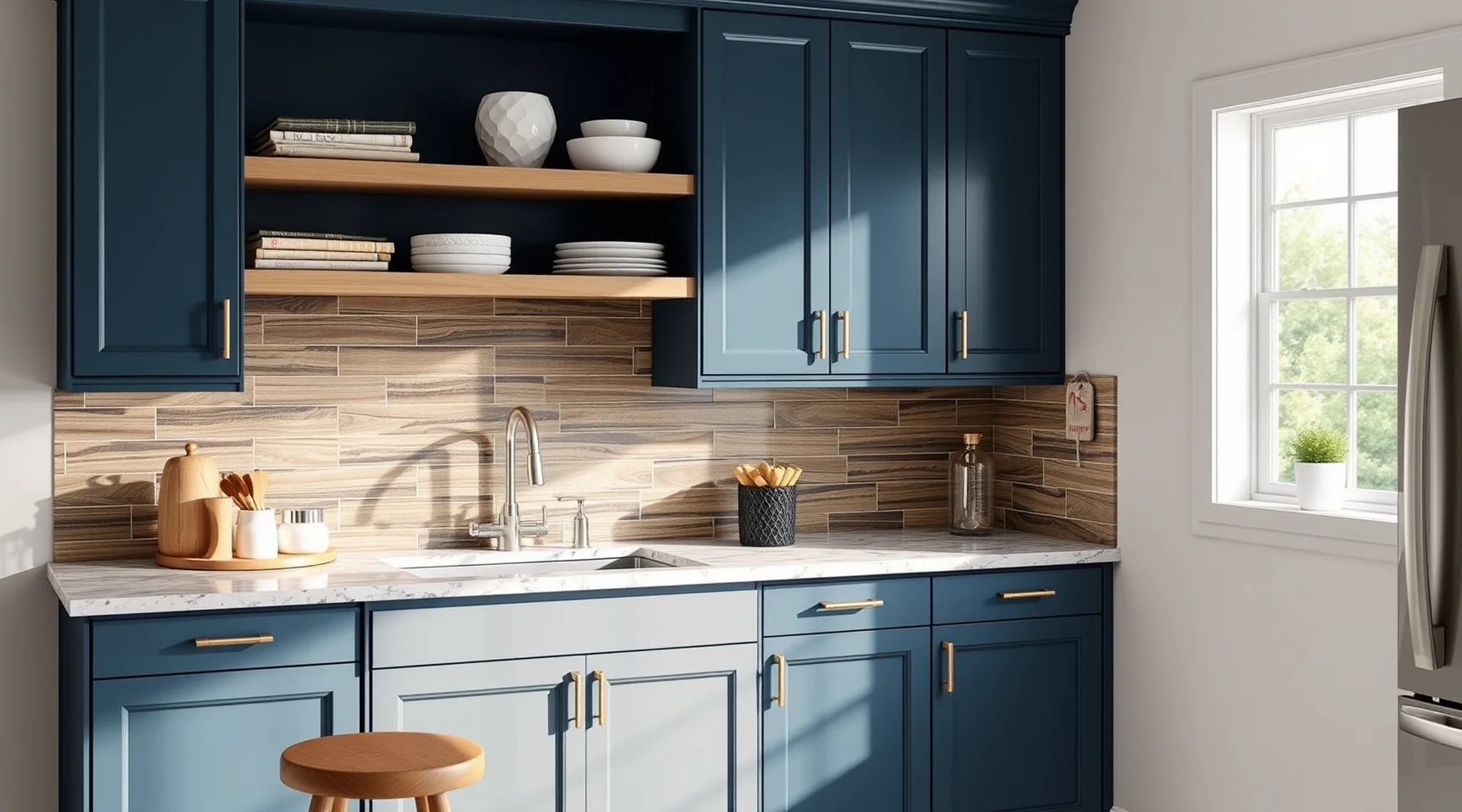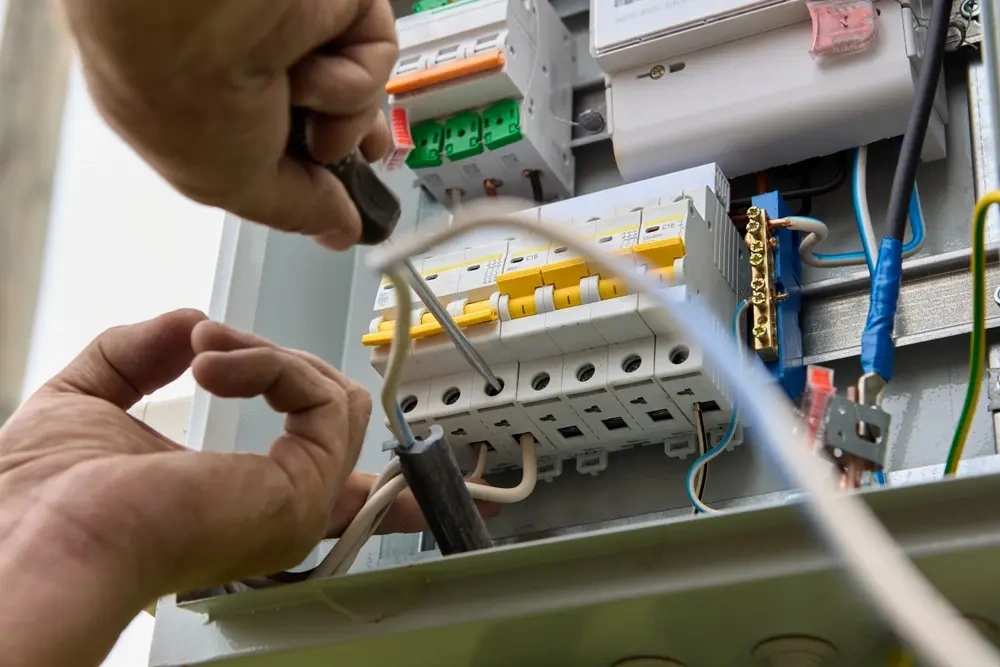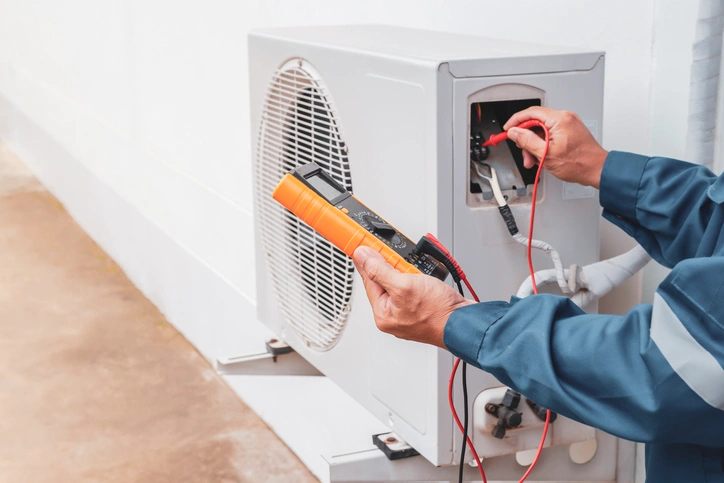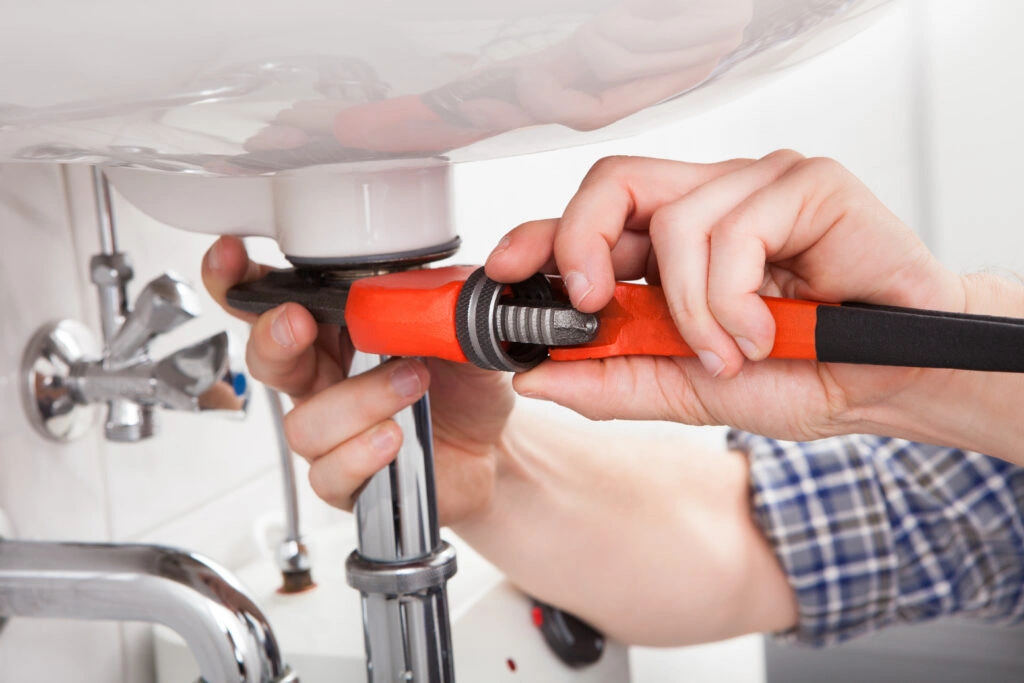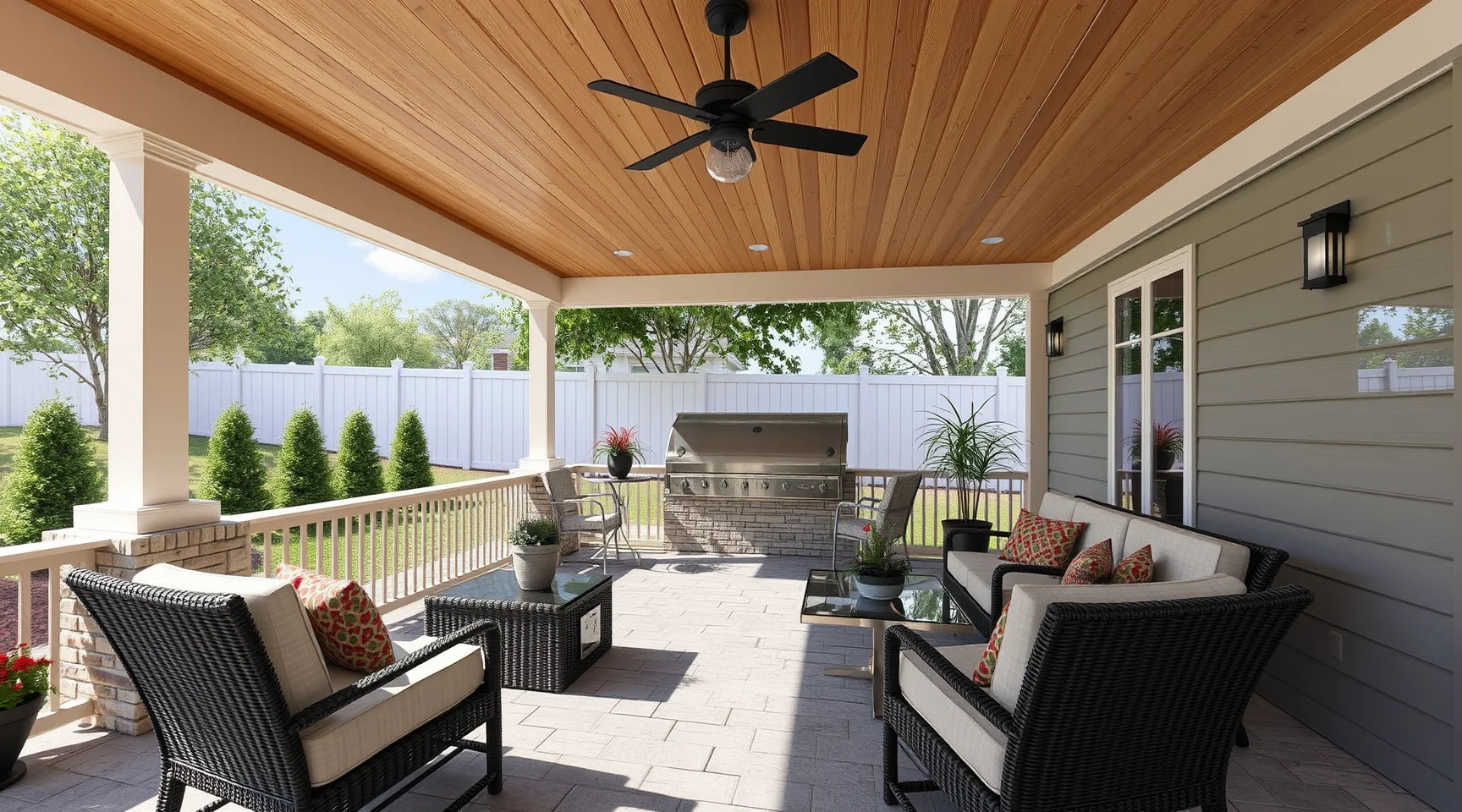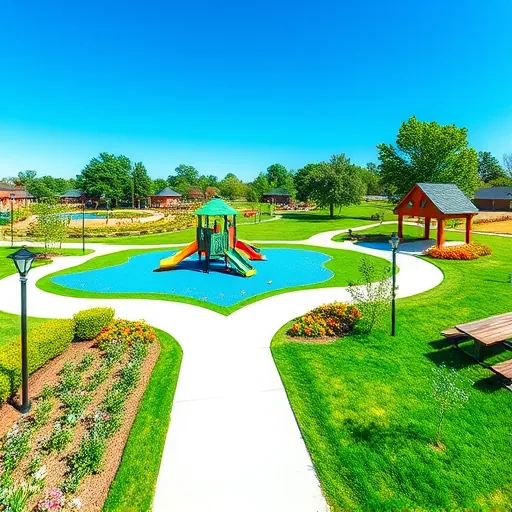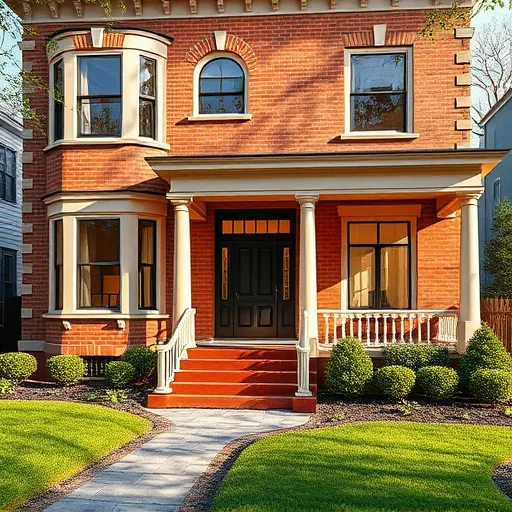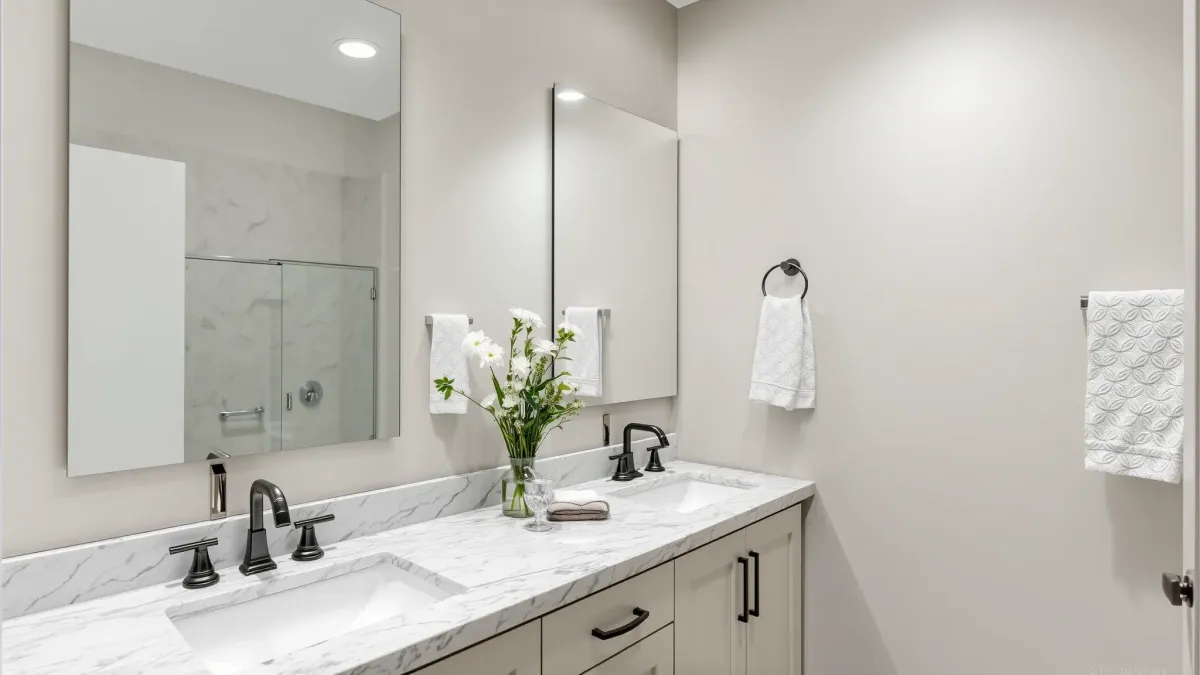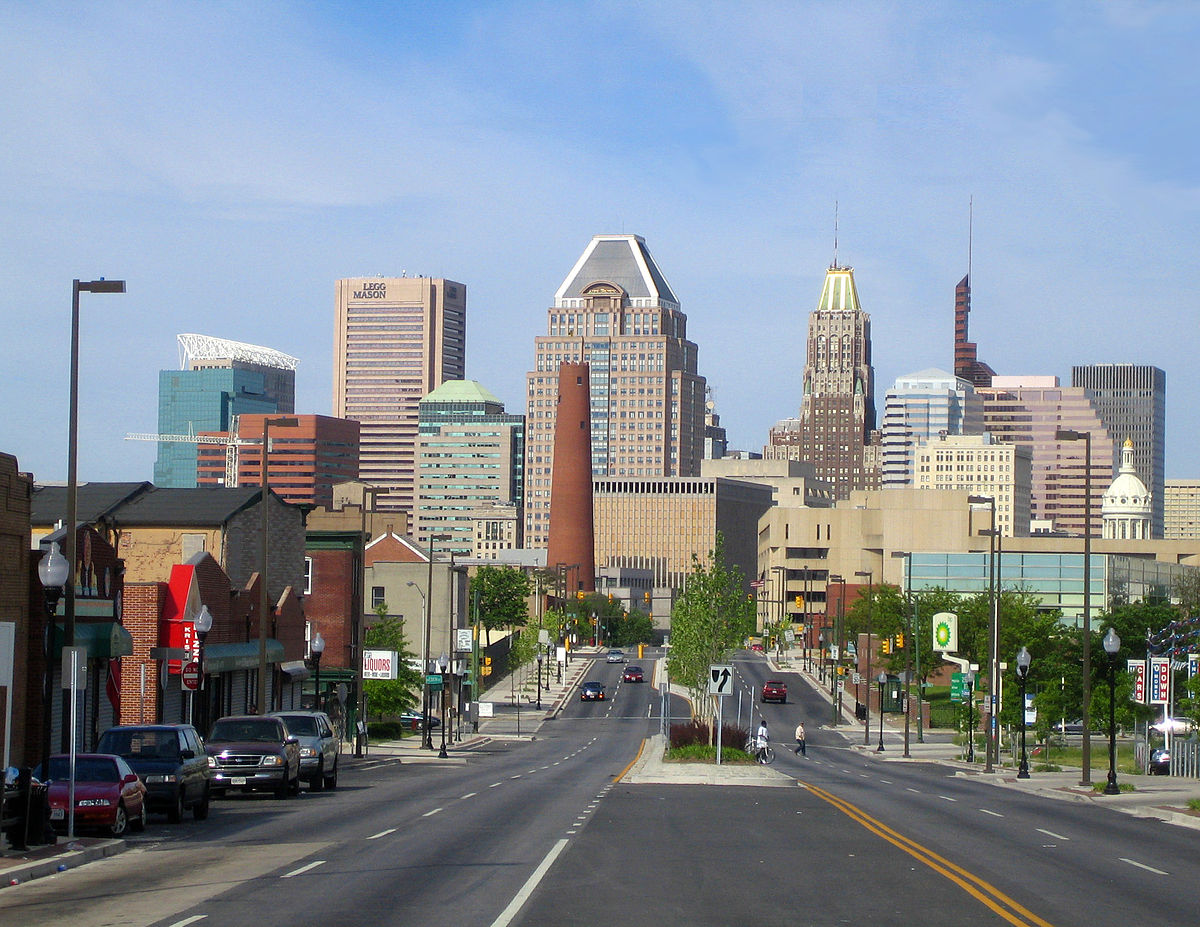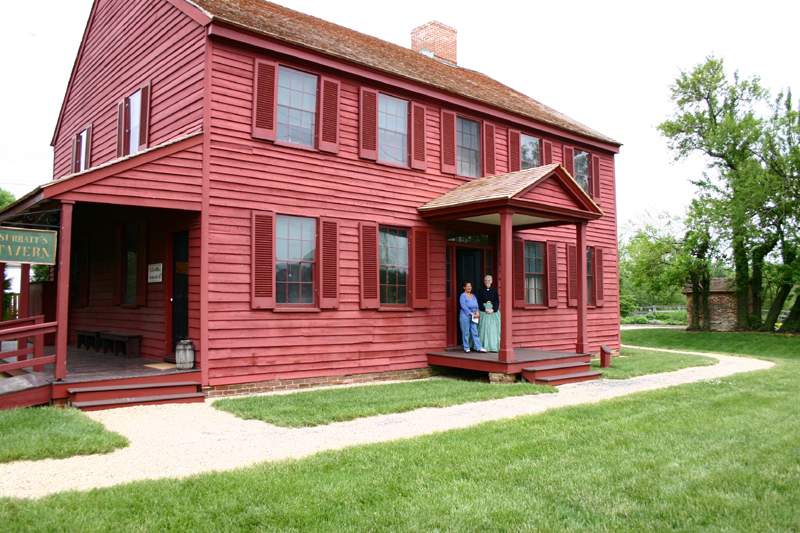

What to Do About Water Damaged Bathroom Walls | Expert Repair Tips
What are the Common Causes of Water Damage to Bathroom Walls?
Understanding the root causes of water damage is essential to developing effective solutions. In bathrooms, water damage often results from leaks, condensation, or plumbing failures. Common sources include leaking toilets, broken or improperly sealed shower and bathtub fixtures, faulty grout and caulk, and exposed plumbing pipes. Over time, these issues can lead to deterioration of wall materials, mold growth, and structural weaknesses. Identifying the precise cause early can significantly mitigate repair costs and prevent further damage.
How Can You Detect Water Damage on Bathroom Walls?
What Are the Signs of Water Damage in a Bathroom?
Visible signs include discoloration, mold or mildew growth, peeling paint or wallpaper, soft or sagging drywall, and a musty odor. Additionally, warped or bubbling surfaces and unexplained stains suggest underlying issues. For a thorough diagnosis, professionals sometimes use moisture meters or infrared cameras to identify hidden water intrusion areas.
Should You Perform a DIY Inspection or Hire a Professional?
While certain minor signs can be checked with basic tools, comprehensive assessment often requires expert evaluation. Professionals can accurately determine extent and source of water intrusion, preventing misdiagnosis and ensuring appropriate remediation.
What Are the Immediate Steps to Take When Water Damage Is Detected?
How Do You Prevent Further Damage While Preparing for Repairs?
Promptly stopping the water source is critical. Turn off the water supply to affected fixtures if applicable. Ventilate the area to reduce moisture levels by opening windows and using fans. Remove any loose or damaged materials, such as wallpaper, drywall, or flooring, to prevent mold proliferation. It’s advisable to contact a professional to assess the damage and recommend the best course of action for repairs and restoration.
What Are the Key Strategies for Repairing Water Damaged Bathroom Walls?
Should You Remove All Damaged Materials or Can Some Be Repaired?
The extent of the damage dictates whether repairs are feasible or if replacement is necessary. Minor damage can sometimes be patched with waterproof primers or sealants, while extensive damage typically requires removing and replacing compromised drywall, insulation, and possibly framing. Proper drying and moisture control are vital to avoid future problems.
What Is the Best Way to Dry Out Water Damaged Walls?
Using industrial dehumidifiers and high-volume fans accelerates drying. It’s essential to ensure that moisture levels reach optimal levels before proceeding with finish work. In some cases, professional water extraction and structural drying services may be needed to prevent mold growth and structural degradation.
How Can You Safely Remove and Replace Damaged Bathroom Components?
Careful disassembly of affected fixtures and wall coverings is critical. When replacing drywall, opt for moisture-resistant materials such as cement board or fiberglass-reinforced panels. Proper sealing with waterproof caulk around fixtures and joints can prevent future water infiltration. For plumbing repairs, consulting licensed plumbers ensures compliance and durability of repairs.
What Are Effective Preventative Measures to Protect Bathroom Walls?
Which Maintenance Practices Reduce the Risk of Water Damage?
Regular inspection and maintenance of plumbing fixtures, prompt sealing of grout lines, and ensuring proper ventilation reduce moisture buildup. Installing exhaust fans with humidity sensors and moisture barriers behind tiles adds layers of protection. Additionally, considering bathroom upgrades such as waterproof paint or wall panels can provide long-term resilience.
What Role Do Professional Renovation Services Play in Addressing Water Damage?
Expert contractors bring valuable experience and specialized tools to assess, repair, and restore water-damaged bathroom walls effectively. They ensure compliance with building codes, optimize durability, and can integrate contemporary features like smart solutions or aesthetic upgrades. For comprehensive renovation projects, exploring the benefits of [home remodeling contractors near me](https://developyourestate.com/post/home-remodeling-contractors-near-me) can be advantageous.
Can Combining Renovation and Upgrades Improve Bathroom Longevity?
Yes. Upgrading fixtures, such as installing modern [copper bathroom sink options](https://developyourestate.com/post/copper-bathroom-sink-options), can enhance durability and aesthetic appeal. Incorporating smart technology into bathroom systems — like automated ventilation or leak detection — further reduces risks of water damage. To streamline your renovation process or explore innovative options, consider consulting [home remodeling software free](https://developyourestate.com/post/home-remodeling-software-free).
What Are the Benefits of Regular Maintenance and Inspection?
Consistent upkeep helps detect early signs of wear or leaks, preventing extensive damage. Conducting periodic inspections, maintaining caulking and sealants, and monitoring plumbing systems extend the lifespan of bathroom components and ensure the space remains safe and functional.
What Are the Most Common Mistakes to Avoid When Addressing Water Damage?
Ignoring early signs of water intrusion
Using inadequate or improper repair materials
Failing to dry out affected areas thoroughly before repairs
Neglecting to fix the water source, leading to recurring issues
Overlooking mold remediation in severely affected areas
How Can You Prevent Future Water Damage in Your Bathroom?
What Are Practical Tips for Long-Term Protection?
Applying water-resistant paint and wall panels, sealing grout and joints regularly, and ensuring efficient exhaust ventilation are practical steps. Upgrading plumbing with durable, leak-resistant fixtures and installing water leak detection sensors can alert you early to any issues, saving significant repair costs and preserving your bathroom's integrity.
Frequently Asked Questions (FAQs)
What is the best way to handle extensive water damage in bathroom walls?
Extensive damage typically requires professional assessment and comprehensive restoration, including removal of compromised materials, thorough drying, mold remediation, and reconstruction. Engaging with skilled contractors ensures long-lasting results and minimizes future risks.
How long does it take to repair water-damaged bathroom walls?
The timeline depends on the severity of the damage. Minor repairs may be completed within a few days, whereas extensive repairs and replacements can extend over multiple weeks. Professional contractors provide accurate estimates based on specific conditions.
Is it safe to live in a bathroom with water damage?
Living in a water-damaged bathroom poses health risks, especially from mold exposure. It's advisable to assess the damage promptly and undertake necessary repairs to ensure a safe environment.
Can waterproof paint or wall panels prevent water damage?
Yes, these materials significantly reduce the risk of water intrusion and damage, especially when combined with proper sealing, maintenance, and ventilation practices.
Conclusion: Taking Proactive Steps to Address Water Damaged Bathroom Walls
Dealing with water-damaged bathroom walls requires a strategic approach that combines immediate response, professional assessment, thorough repair, and proactive prevention. Recognizing early signs, understanding repair techniques, and implementing preventative measures protect your investment, promote a healthy environment, and extend the lifespan of your bathroom amenities. For comprehensive guidance and expert support, collaborating with trusted home renovation professionals ensures your bathroom remains functional, safe, and aesthetically pleasing for years to come.


